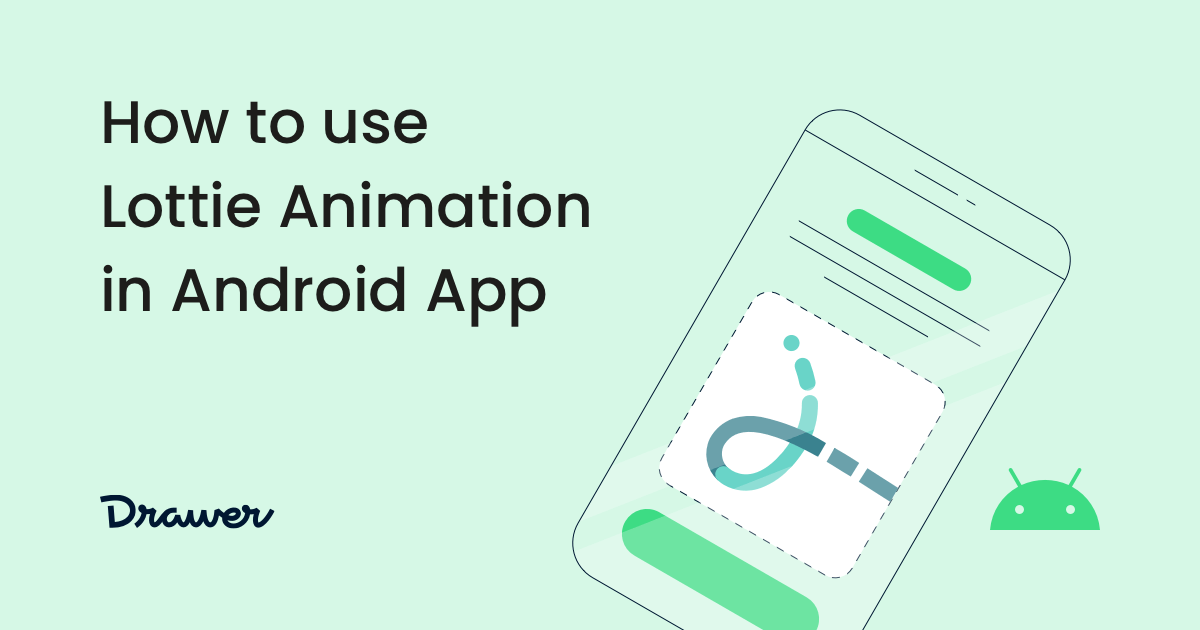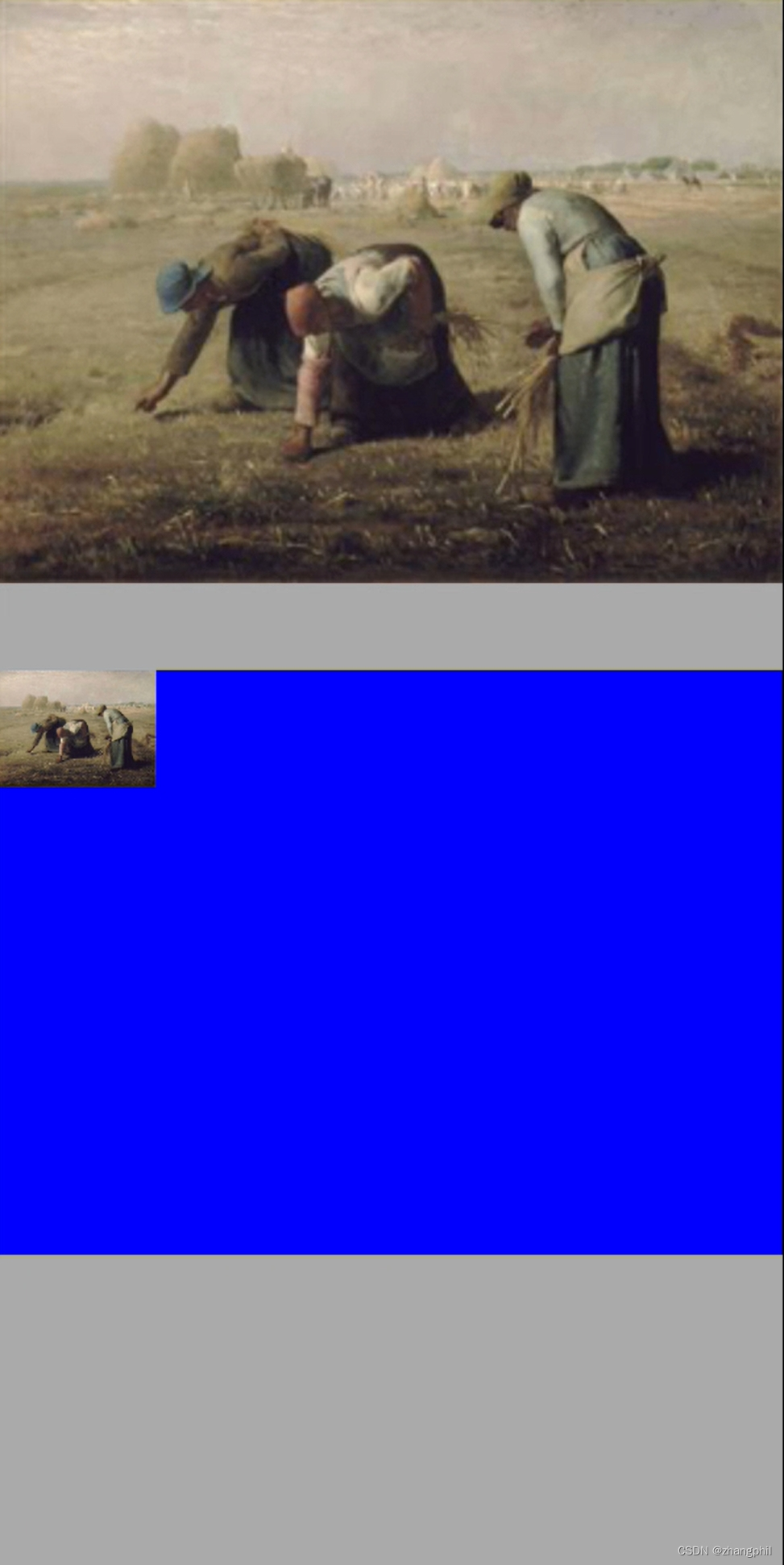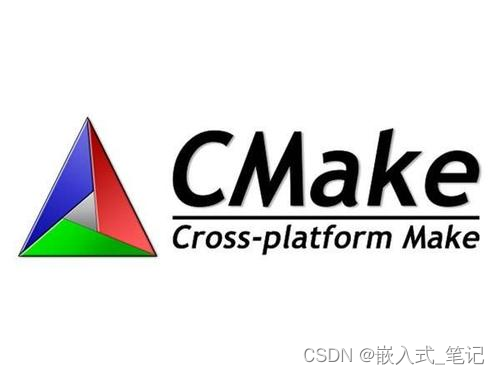
说明:
ScrollView是一个顶层布局,可以实现大于手机屏幕的布局,从而实现布局中的内容超过一屏显示不下时可自动为页面提供上下滑动浏览功能。
- 滚动条不显示:android:scrollbars=”none“
- 滚动条恒显示:android:fadeScrollbars=”false“
- 设置水平滚动条的drawable(如颜色):android:scrollbarThumbHorizontal
- 设置垂直滚动条的drawable(如颜色):android:scrollbarThumbVertical
- 设置水平滚动条背景(轨迹)的色drawable(如颜色):android:scrollbarTrackHorizontal
- 设定滚动条宽度:android:scrollbarSize
<?xml version="1.0" encoding="utf-8"?>
<ScrollView xmlns:android="http://schemas.android.com/apk/res/android"
android:layout_width="match_parent"
android:layout_height="match_parent"
android:scrollbars="none"
>
<LinearLayout
android:layout_width="match_parent"
android:layout_height="match_parent"
android:orientation="vertical"
>
<ImageView
android:layout_width="wrap_content"
android:layout_height="wrap_content"
android:src="@drawable/item1"
/>
<ImageView
android:layout_width="wrap_content"
android:layout_height="wrap_content"
android:src="@drawable/item2"
/>
<ImageView
android:layout_width="wrap_content"
android:layout_height="wrap_content"
android:src="@drawable/item3"
/>
<ImageView
android:layout_width="wrap_content"
android:layout_height="wrap_content"
android:src="@drawable/item4"
/>
<ImageView
android:layout_width="wrap_content"
android:layout_height="wrap_content"
android:src="@drawable/item5"
/>
</LinearLayout>
</ScrollView>注意事项:
1,ScrollView控件是顶层控件尽量放在layout的最外层使用。
2,ScrollView控件只支持垂直滚动,如果要横向滚动请使用:HorizontalScrollView
3,ScrollView中只能包含一个控件,当超过一个时app运行时会崩溃,切记!
4,如果ScrollView并非最外层的控件,请在ScrollView内部再使用一个LinearLayout把这N个组件归在一起。务必!
常规使用方法:
通常是在〈ScrollView〉标签中定义一个<LinearLayout> 容器标签并且在<LinearLayout>标签中将android:orientation属性值设置为 vertical,然后在<LinearLayout〉标签中放置多个控件,如果 <LinearLayout>标签中的控件所占用的总高度超出屏幕的高度,就会 在屏幕的右侧出现一个滚动条。
原文地址:https://blog.csdn.net/wh445306/article/details/129496451
本文来自互联网用户投稿,该文观点仅代表作者本人,不代表本站立场。本站仅提供信息存储空间服务,不拥有所有权,不承担相关法律责任。
如若转载,请注明出处:http://www.7code.cn/show_48300.html
如若内容造成侵权/违法违规/事实不符,请联系代码007邮箱:suwngjj01@126.com进行投诉反馈,一经查实,立即删除!
声明:本站所有文章,如无特殊说明或标注,均为本站原创发布。任何个人或组织,在未征得本站同意时,禁止复制、盗用、采集、发布本站内容到任何网站、书籍等各类媒体平台。如若本站内容侵犯了原著者的合法权益,可联系我们进行处理。








